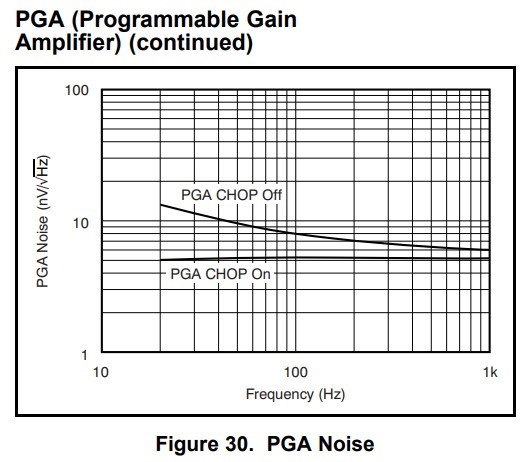Dear TI Team and other members,
I have a target which are looks difficult with internal PGA of Sigma Delta ADC, being amplifier only. It may be possible, I have not experience, not seen document also. I am working for vibration signal from seismic event - man-made or natural, in any case I do not want to loose it, even with poor resolution, recording is needed, later normalise the signal in digital domain using scaling factor (+/-).
"Control the dynamic range of input Signal to ADC, i.e. Attenuation or amplification of each sample based on its absolute value"
For above scheme, I will use S/H, Absolute value detection, comparator, PGA, Clipper(safety) lastly ADC as written sequence.The power supply of S/H to PGA, is much higher than ADC. Microcontroller will control the samplingr ate based on S/H control, based on this same value at S/H, rest of external circuit will control the scaling factor to bring the voltage in normal range of adc, scaling factor will be read by controller along with ADC sample value.
1. Does this scheme create problem of internal process of Sigma Delta ADC, instead of helping, create the issues?
2. Any impact on measurement, noise accuracy of ADC, ignoring external noise due to more elements?
Regards
Dr Mahabir Prasad



